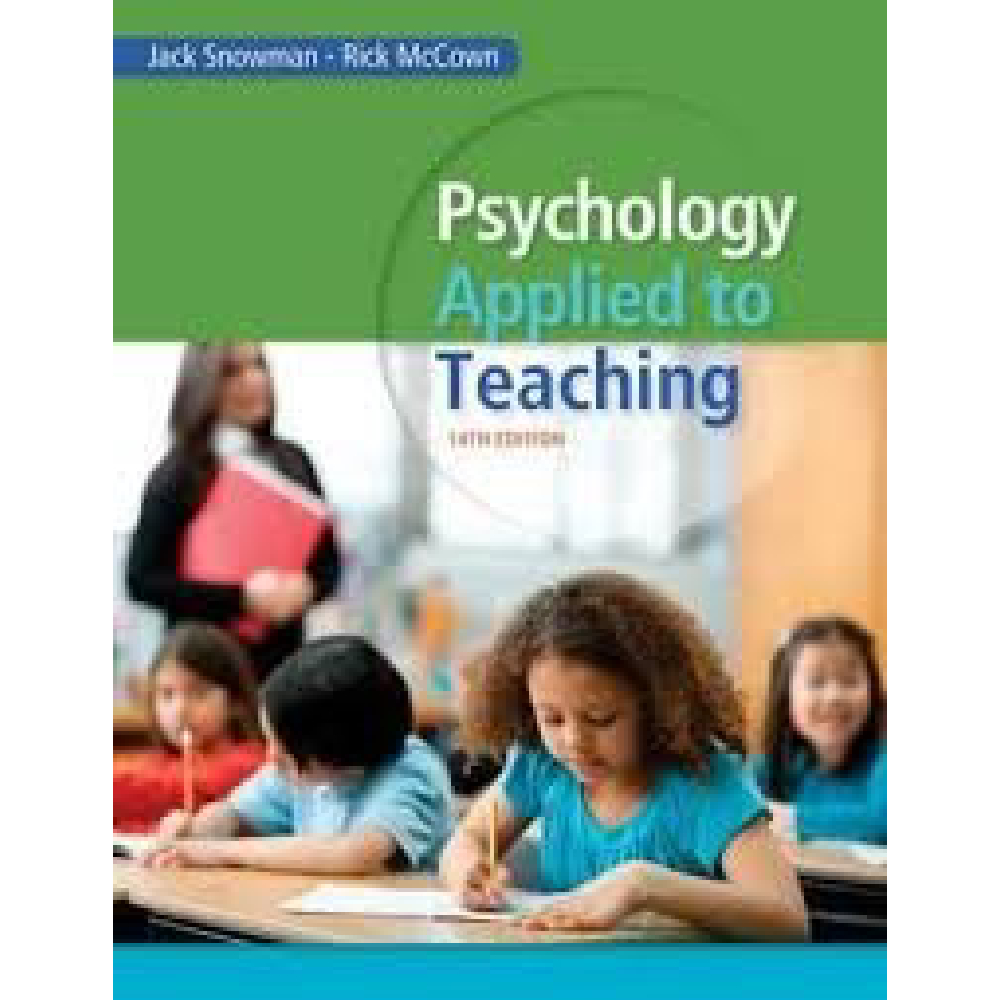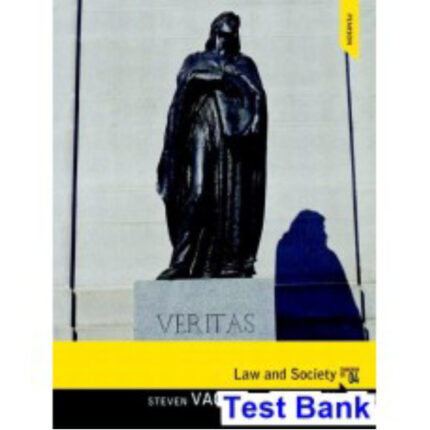1. A behavioral psychologist would be most likely to recommend which of the following motivational techniques?
a. Present a provocative topic for discussion.
b. Give students bonus points when they complete an assignment.
c. Set up learning centers in the classroom.
d. Permit students to choose their own topics of study.
ANSWER: b
POINTS: 1
REFERENCES: 11-1
LEARNING OBJECTIVES: snow.psyc.14.11.1 – Explain the effects of reinforcement on both extrinsic and intrinsic motivation.
NATIONAL STANDARDS: United States – INTASC 5 – Application of Content
KEYWORDS: Comprehension
NOTES: The behavioral view of motivation stresses that organisms are most likely to do something when they are reinforced for performing a type of behavior.
2. Giving students good listener certificates would be consistent with which of the following views of motivation?
a. behavioral b. cognitive
c. humanistic d. social learning
ANSWER: a
POINTS: 1
REFERENCES: 11-1
LEARNING OBJECTIVES: snow.psyc.14.11.1 – Explain the effects of reinforcement on both extrinsic and intrinsic motivation.
NATIONAL STANDARDS: United States – INTASC 5 – Application of Content
KEYWORDS: Comprehension
NOTES: The behavioral view of motivation stresses that pupils learn when they are reinforced for displaying the desired behavior. A good listener certificate functions as a reward for being a good listener.
3. Ian’s parents have noted that he studies longer and gets better grades when they and the teacher praise his efforts and accomplishments than when they simply acknowledge his good performance. This pattern suggests that Ian is motivated primarily by
a. intrinsic motivation. b. extrinsic motivation.
c. a task mastery orientation. d. growth needs.
ANSWER: b
POINTS: 1
REFERENCES: 11-1
LEARNING OBJECTIVES: snow.psyc.14.11.1 – Explain the effects of reinforcement on both extrinsic and intrinsic motivation.
NATIONAL STANDARDS: United States – INTASC 5 – Application of Content
KEYWORDS: Evaluation
NOTES: Extrinsic motivation means that individuals exhibit desired behavior in order to gain an external reward. Ian’s behavior clearly indicates that he is extrinsically motivated.
4. Demetria says to her teacher, “You know what? I bet I have fifty mystery books at home, and I love reading them over and over again. Each time I read them, I catch some clue that I missed before. If I had more time, I bet I could read a new book every night! Wouldn’t that be cool?” According to motivational theories, Demetria continues to read her books primarily because
a. of high intrinsic motivation. b. it enhances her self-concept.
c. her mother will buy her more books. d. she enjoys the approval of her teacher.
ANSWER: a
POINTS: 1
REFERENCES: 11-1
LEARNING OBJECTIVES: snow.psyc.14.11.1 – Explain the effects of reinforcement on both extrinsic and intrinsic motivation.
NATIONAL STANDARDS: United States – INTASC 5 – Application of Content
KEYWORDS: Evaluation
NOTES: Intrinsic motivation occurs when the student performs some task in order to experience inherently pleasing results.
5. An excessive use of rewards may lead to
a. the enhanced likelihood of general transfer.
b. the development of materialistic attitudes.
c. greater freedom on the part of students.
d. a form of intrinsic motivation.
ANSWER: b
POINTS: 1
REFERENCES: 11-1
LEARNING OBJECTIVES: snow.psyc.14.11.1 – Explain the effects of reinforcement on both extrinsic and intrinsic motivation.
NATIONAL STANDARDS: United States – INTASC 5 – Application of Content
KEYWORDS: Comprehension
NOTES: Research suggests that an excessive use of rewards can lead to materialistic attitudes, decreased intrinsic motivation, and temporary behavior change.
6. A teacher who wanted to use external rewards with students who were already highly interested in a topic would
a. provide students with positive feedback about their performance.
b. provide no rewards to students.
c. provide rewards only to the top 15 percent of students.
d. give large rewards to students for attempting to complete difficult tasks.
ANSWER: a
POINTS: 1
REFERENCES: 11-1
LEARNING OBJECTIVES: snow.psyc.14.11.1 – Explain the effects of reinforcement on both extrinsic and intrinsic motivation.
NATIONAL STANDARDS: United States – INTASC 5 – Application of Content
KEYWORDS: Analysis
NOTES: One condition under which the use of extrinsic rewards enhances intrinsic motivation is when the teacher provides positive feedback to students about their progress in
meeting a predetermined standard of excellence.
7. Which of the following most clearly illustrates extrinsic motivation?
a. an assignment worth ten bonus points
b. an optional assignment
c. a class discussion on a topic of your choice
d. a paper to be written about a personal experience.
ANSWER: a
POINTS: 1
REFERENCES: 11-1
LEARNING OBJECTIVES: snow.psyc.14.11.1 – Explain the effects of reinforcement on both extrinsic and intrinsic motivation.
NATIONAL STANDARDS: United States – INTASC 5 – Application of Content
KEYWORDS: Comprehension
NOTES: Extrinsic motivation involves doing something, not for its own sake, but for a reward.
8. A teacher who wanted to use external rewards to enhance intrinsic motivation would
a. give large rewards to students for attempting to complete difficult tasks.
b. provide rewards to all students who achieve a predetermined standard of excellence.
c. provide rewards only to the top 15 percent of students.
d. allow students to determine the standard of excellence.
ANSWER: b
POINTS: 1
REFERENCES: 11-1
LEARNING OBJECTIVES: snow.psyc.14.11.1 – Explain the effects of reinforcement on both extrinsic and intrinsic motivation.
NATIONAL STANDARDS: United States – INTASC 5 – Application of Content
KEYWORDS: Comprehension
NOTES: One condition under which the use of extrinsic rewards enhances intrinsic motivation is when the reward is available to all students who meet a predetermined standard of excellence.
9. Teachers who force students to compete with one another for a limited supply of rewards (as when they practice grading on the curve), are most likely to see which of the following outcomes?
a. No effect on students’ motivation.
b. A decline in students’ intrinsic motivation.
c. A strengthening of students’ intrinsic motivation.
d. A temporary increase in intrinsic motivation followed by a decrease.
ANSWER: b
POINTS: 1
REFERENCES: 11-1
LEARNING OBJECTIVES: snow.psyc.14.11.1 – Explain the effects of reinforcement on both extrinsic and intrinsic motivation.
NATIONAL STANDARDS: United States – INTASC 5 – Application of Content
KEYWORDS: Evaluation
NOTES: Intrinsic motivation can be undermined when students have to compete for a limited supply of grades, as when teachers use norm-referenced grading (more popularly known as grading on the curve).
10. Lyle enjoys learning algebra a great deal, though he has to struggle painfully with learning the algebraic proofs. As a teacher, which approach should you take in providing rewards for this student?
a. Ask the student to use self-rewards for which he sets the standard.
b. Do not reward the student at all, since he has an intrinsic interest in the task.
c. Reward the student often and enthusiastically whenever he succeeds.
d. Reward the student sparingly and only when his level of competence increases.
ANSWER: d
POINTS: 1
REFERENCES: 11-1
LEARNING OBJECTIVES: snow.psyc.14.11.1 – Explain the effects of reinforcement on both extrinsic and intrinsic motivation.
NATIONAL STANDARDS: United States – INTASC 5 – Application of Content
KEYWORDS: Evaluation
NOTES: For a task that is inherently interesting to students, rewards should be given sparingly and only when the student demonstrates an increase in competence.













Reviews
There are no reviews yet.